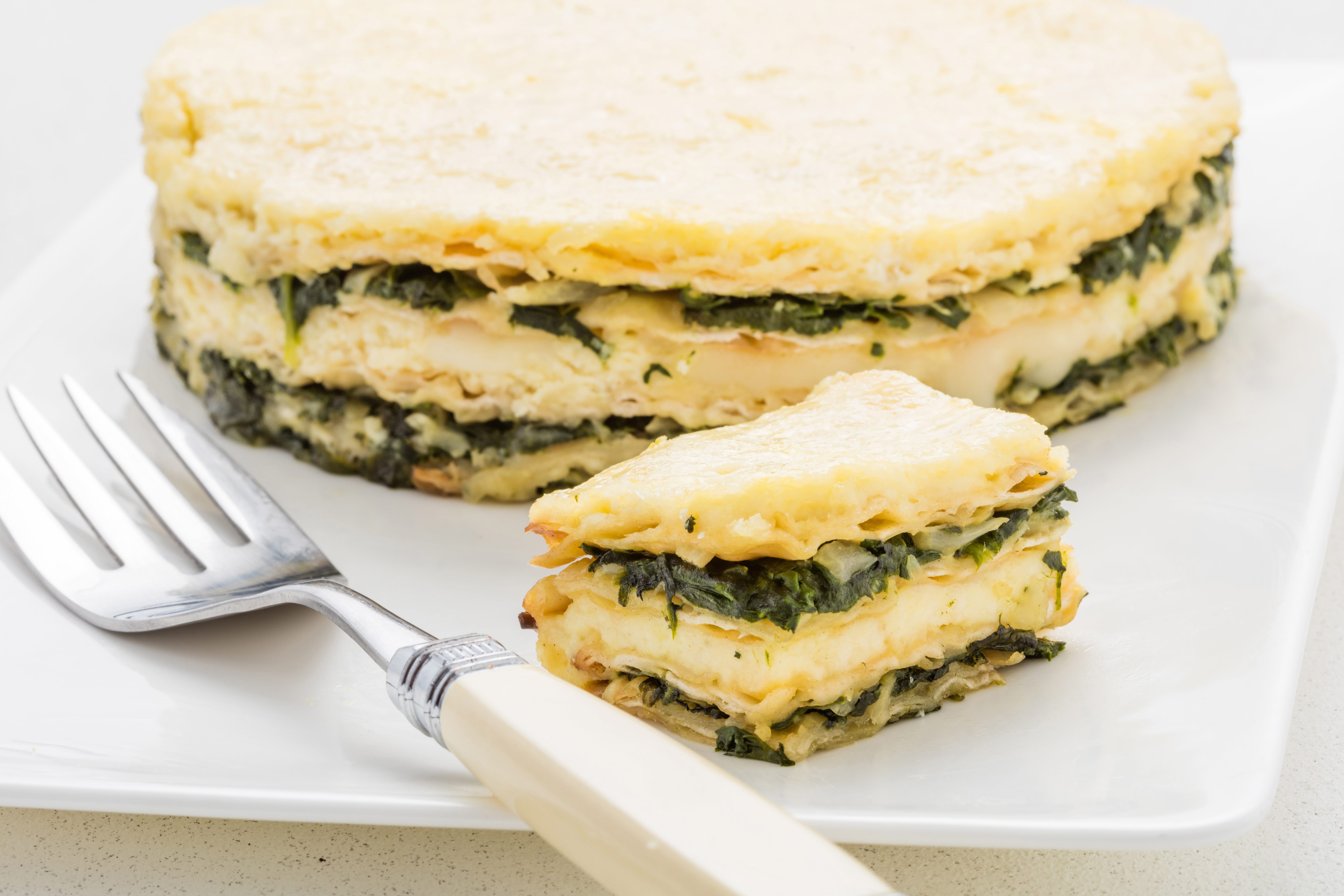Whenever I ask a room full of people what they think Jewish food is, I get a resounding “Kugel!” For many, the baked pudding — sweet or savory; noodle or potato — of European (Ashkenazic) origins instantly connotes the Jewish experience.
That’s probably true for American Jews of European descent, or anyone who’s eaten at a kosher deli. But Jews have been on the move since the first exodus 3,500 years ago, and there is a whole world of different flavors and styles of Jewish food.
With Passover soon upon us — the eight-day holiday begins at sundown April 22 — it’s the matzo variation of this iconic dish that intrigues me. Kugels created with “the bread of affliction” can sometimes have an ersatz quality that says “I’m not the real thing.” It’s time for a makeover.
Consider first that Passover is as much about spring as it is about that ancient flight from Egypt. The holiday is, after all, one of the three agriculturally important festivals in Judaism, and occurs during Nisan, the first month of the Jewish calendar and a New Year for the growing season. The Old Testament is filled with references to leeks, hyssop and other herbs that appear in spring gardens and markets. It’s no coincidence that the holiday’s symbolic Seder plate consists of seasonal foods that symbolize the birth and renewal of a Jewish nation. Its elements constitute a ready-made shopping list for a fresh approach to kugel.



